专注于SF6气体检测的专业化

Is nitrogen harmful to the human body?
Nitrogen (N2) is a colorless and odorless gas at room temperature and pressure. Nitrogen in the air is 78 to 80 percent. Molecular weight 28.0134, boiling point 1 195.8 ℃. Insoluble in water.
When the nitrogen content in the air increases (> 84%), oxygen in the air can be excluded, causing insufficient oxygen inhalation, people feel poor breathing, and there is a sense of suffocation. High concentration of nitrogen (> 90%) can cause headache, nausea, vomiting, chest tightness, chest pain, cyanosis and other signs and symptoms of hypoxia. In severe cases, a rapid coma. There are two kinds of harm caused by nitrogen: one is nitrogen asphyxia caused by acute hypoxia; The other is decompression sickness caused by submerged work.
preventive measure
(1) Regular maintenance of equipment pipelines and containers with nitrogen to prevent nitrogen running, bubbing, dripping and leaking.
(2) The equipment container after nitrogen replacement should be fully ventilated and ventilated first, and the oxygen content can be repaired only when it is measured at more than 20%.
③ When it is urgent to enter the maintenance, it is necessary to wear an oxygen supply mask, and there should be a person at the scene to monitor.
Protective gloves and glasses should be worn when producing liquid nitrogen.
The nitrogen content in the air is too high, so that the partial pressure of oxygen inhalation drops, causing hypoxia asphyxia. When the concentration of nitrogen is not too high, the patient initially felt chest tightness, shortness of breath, and weakness. Then there is restlessness, extreme excitement, running, Shouting, trance, gait instability, called "nitrogen moet tincture", can enter a coma or coma. In high concentrations, patients can quickly become unconscious and die from respiratory and cardiac arrest.
Nitrogen narcosis can occur when divers dive deep. If you move from a high pressure environment to a normal pressure environment too quickly, nitrogen bubbles will form in the body, which will compress nerves and blood vessels or cause microvascular obstruction, resulting in "decompression sickness".
The above content is very detailed for you to introduce the harm of nitrogen to our human body, see here friends believe that this issue has a good understanding. When the nitrogen content in the air is greater than 84%, it will directly affect our oxygen inhalation, and insufficient oxygen will lead to hypoxia, resulting in coma or suffocation.
2. Is nitrogen harmful to humans
Nitrogen is not harmless to humans. Nitrogen is normally a colorless, odorless, and generally non-toxic gas. Nitrogen accounted for 78.12% of the total atmosphere (volume fraction), the gas density under standard conditions is 1.25g/L, nitrogen solubility in water is very small, at normal temperature and pressure, 1 volume of water only about 0.02 volume of nitrogen. It is a difficult gas to liquefy. The solubility in water is very small, at 283K, a body of water can dissolve about 0.02 volume of N2, nitrogen will liquefy into a colorless liquid at extremely low temperatures, and when the temperature is further reduced, it will form a white crystalline solid. In production, nitrogen is usually stored in black cylinders.
Nitrogen oxides combine with water in the air and eventually convert to nitric acid and nitrate, one of the causes of acid rain; It and other pollutants can produce photochemical smog pollution under certain conditions. The harm of acid rain is multifaceted, including direct and potential harm to human health, ecosystem and building facilities. Acid rain can reduce the immune function of children, increase the incidence of chronic pharyngitis and bronchial asthma, and increase the prevalence of eye and respiratory tract in the elderly.
Through the introduction of the above content, I believe that friends have already known that nitrogen is harmless to the human body. Nitrogen itself is a colorless, odorless and non-toxic gas that enters the body as we breathe, and we exhale nitrogen as well as carbon dioxide. However, if nitrogen is combined with other chemicals, such as "acid rain", it can cause certain harm to the human body.
3. What is the harm of nitrogen absorption to the body?
This product is colorless odorless gas, chemical properties are not active, non-flammable, and lithium can react directly at room temperature, hot with magnesium, calcium, strontium, barium, oxygen and hydrogen direct combination, slightly soluble in water, ethanol. This product is used for synthesis of ammonia, nitric acid, cyanide, explosives, etc., as an inert gas can be used to fill light bulbs and pyrometers, and also used as a material protection agent, refrigerant.
The nitrogen content in the air is too high, so that the partial pressure of oxygen inhalation drops, causing hypoxia asphyxia. When the concentration of nitrogen is not too high, the patient initially felt chest tightness, shortness of breath, and weakness. Then there is restlessness, extreme excitement, running, Shouting, trance, gait instability, called nitrogen drunkenness, can enter a coma or coma. In high concentrations, patients can quickly become unconscious and die from respiratory and cardiac arrest.
Nitrogen narcosis can occur when divers dive deep. If you move from a high-pressure environment to a normal pressure environment too quickly, nitrogen bubbles will form in the body, which will compress nerves and blood vessels or cause microvascular obstruction, resulting in decompression sickness.
First aid measure
After inhaling this product, quickly remove from the scene to the fresh air. Keep airway open and administer oxygen if breathing is difficult. If the heart stops breathing, immediately perform artificial respiration and external chest compression. Seek medical attention.
Protective measure
The production process of this product is closed operation, providing good natural ventilation conditions. Respiratory protection: Generally no special protection is required. When the oxygen concentration in the air in the workplace is less than 18%, an air respirator, an oxygen respirator, or a long tube mask must be worn.
Eye protection: Generally no special protection is required. Body protection: Wear general work clothes. Hand protection: Wear general work protective gloves. Other protection: Avoid high concentration inhalation. Supervision is required when entering tanks, restricted Spaces or other high concentration areas.

 EN
EN






 上一条:
上一条: 
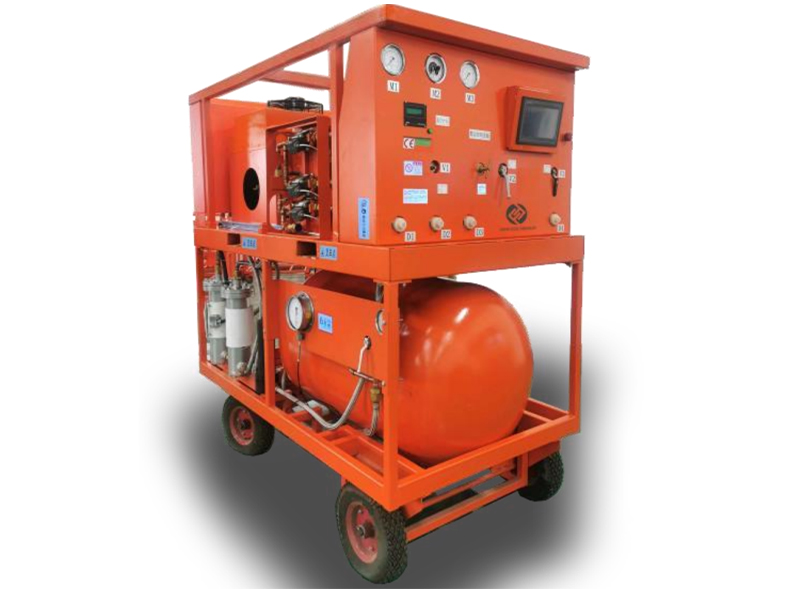


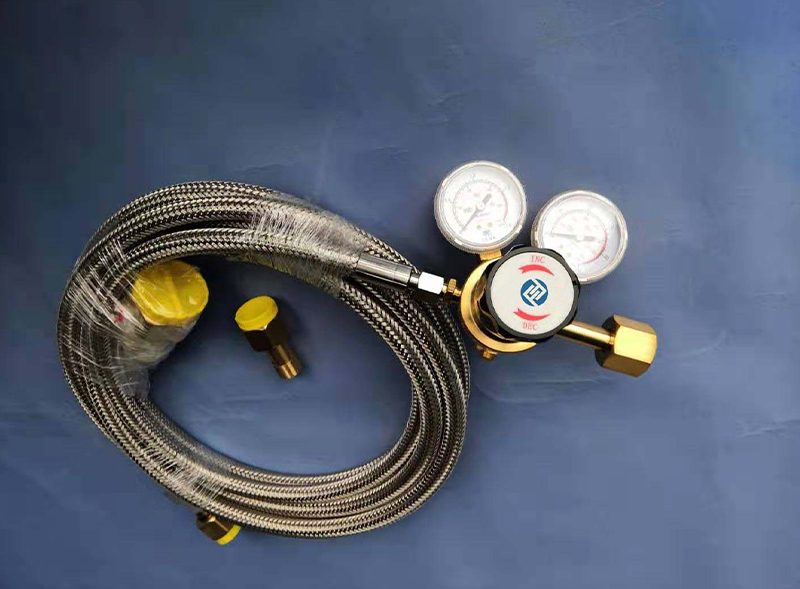
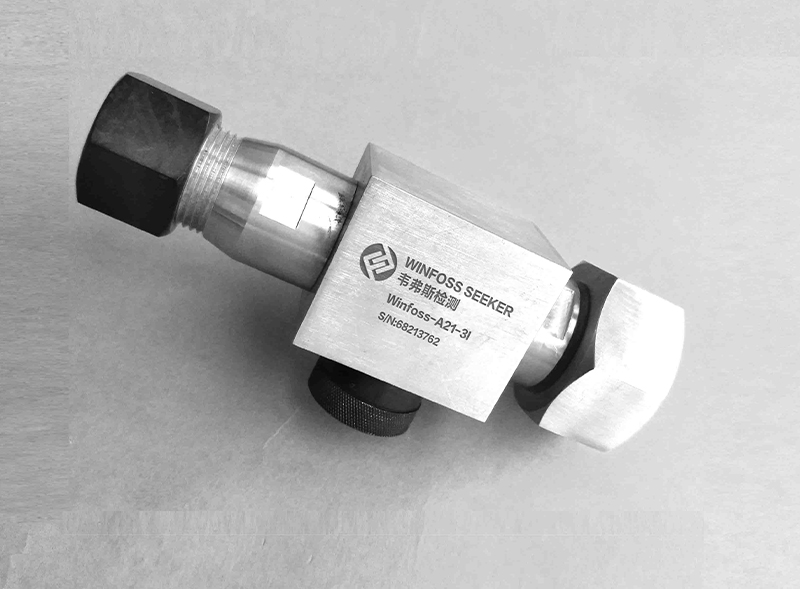
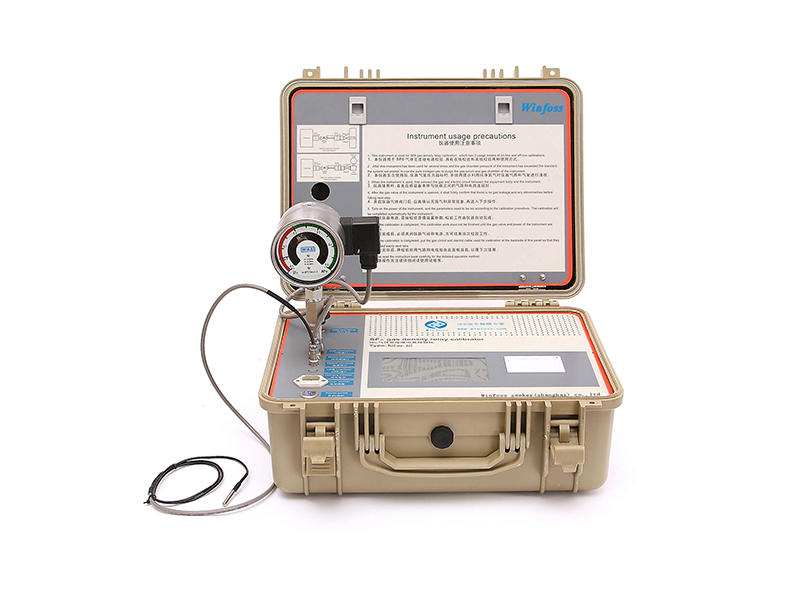
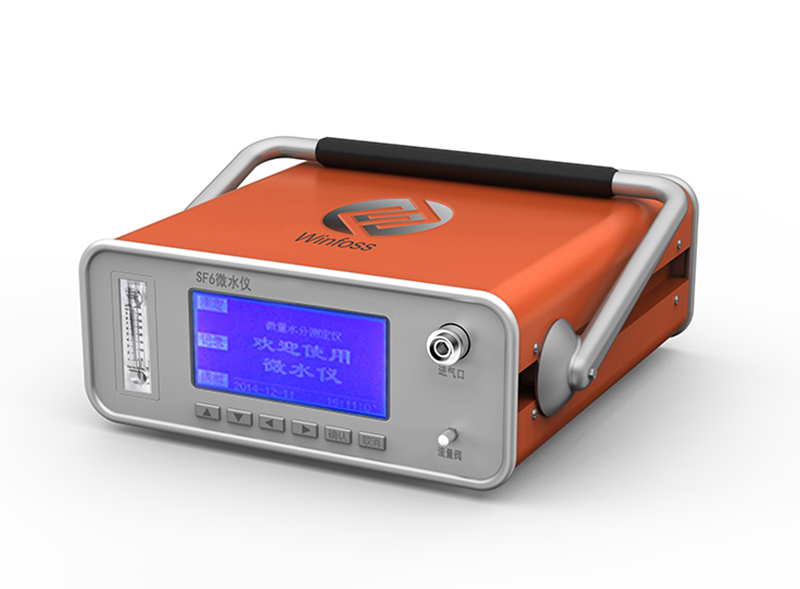


 沪公网安备31011802003762
沪公网安备31011802003762
